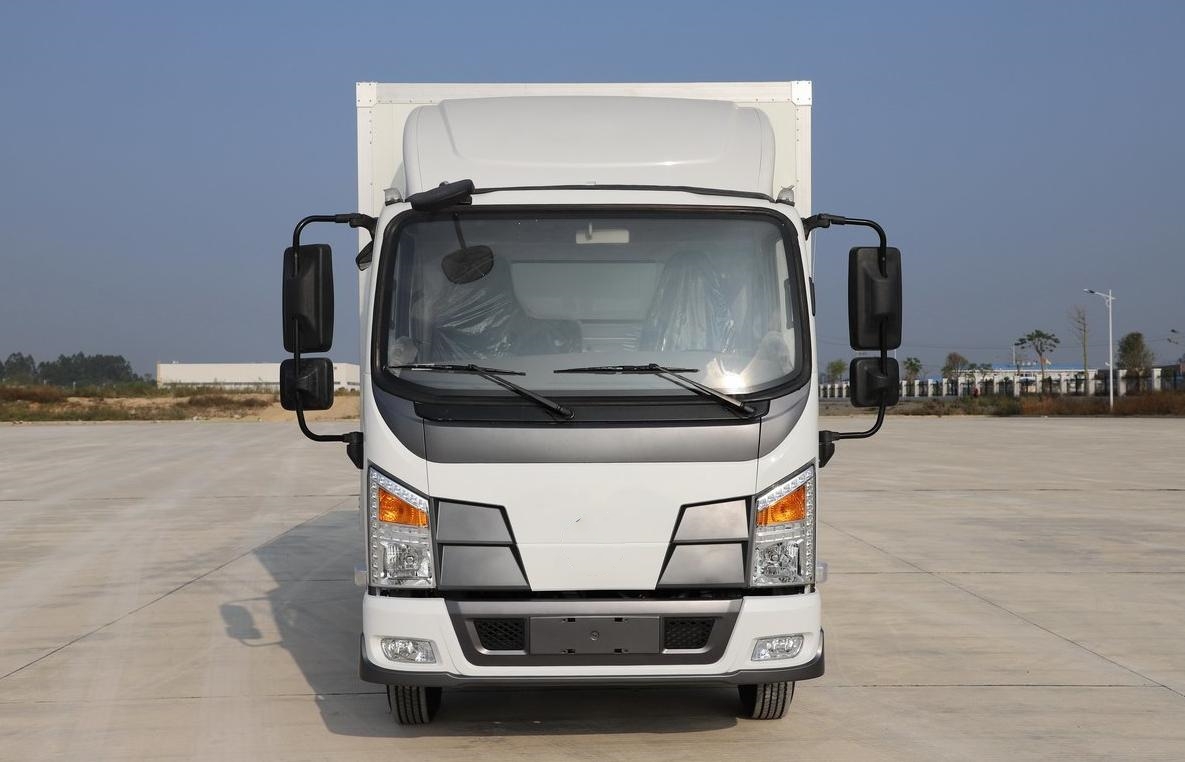Balita sa Electric Truck
When your new energy vehicle shows these manifestations, it indicates that it may be out of power
Nai -post sa ni Mga electric trucks
New energy vehicles have gained significant popularity in recent years due to their low usage costs and the support of local governments through measures such as traffic restrictions and license plate restrictions. As more and more new energy vehicles hit the road, it becomes crucial for owners to fully understand their vehicles and be able to determine when the car is running low on power. But how can one accurately judge if a new energy vehicle is about to run out of power? Let’s explore several manifestations that can serve as indicators.
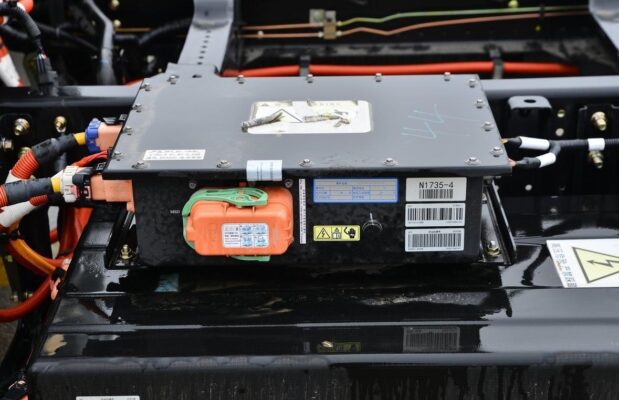
- Checking the gauge:
The most direct way to determine the battery level of a new energy vehicle is by looking at the gauge. Just like the fuel gauge in a gasoline car, the battery gauge on a new energy vehicle provides an immediate indication of how much electricity is remaining. This is a simple and straightforward method that allows drivers to quickly assess the state of charge.
Halimbawa, when you’re on a long drive, regularly glancing at the battery gauge can give you an idea of how much further you can travel before needing to recharge. If the gauge shows a low battery level, it’s time to start looking for a charging station. However, relying solely on the gauge may not always be completely accurate, as there are other factors that can affect the battery’s actual state of charge.
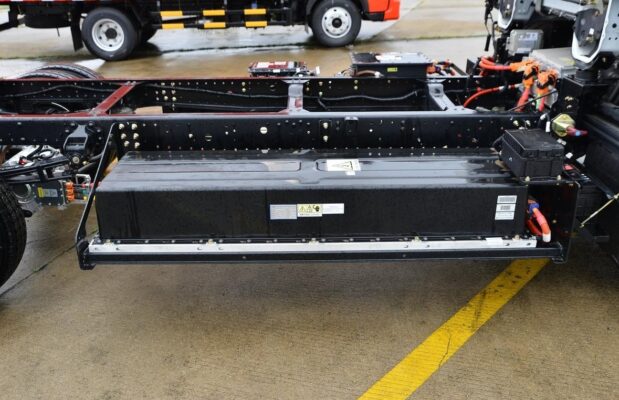
- Observing the voltage:
Another way to determine if a new energy vehicle is running low on power is by looking at the voltage. You can check the total voltage of the battery pack. Halimbawa, if the total voltage is typically 180V, when the battery is nearly depleted, it may drop to around 140V. Additionally, you can also look at the voltage of individual cells. When fully charged, a single-cell voltage is approximately 4.1V. As the battery discharges, the voltage decreases. When it reaches 3.5V, it is a sign that it’s time to charge. If the voltage drops below 3.2V, there is a significant risk of battery breakdown at any time.
Halimbawa, imagine a driver who is monitoring the voltage of their new energy vehicle during a long journey. By keeping an eye on the voltage, they can anticipate when the battery is approaching a critical low level and take appropriate action. This can help prevent being stranded on the road due to a depleted battery.
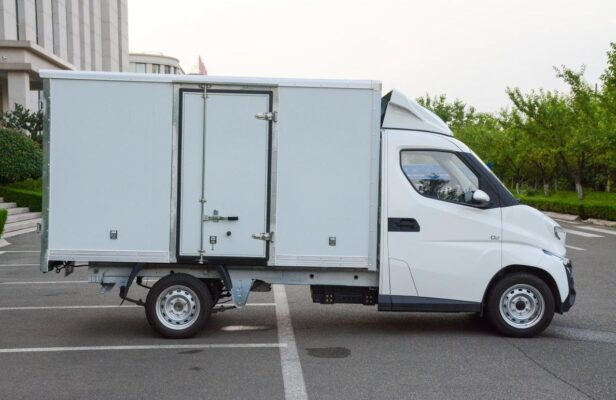
- Unexplained stalling and power display discrepancies:
Even if the power display still shows around 30% charge, the vehicle may start stalling for no apparent reason. Initially, it might stall once every three to five kilometers. As the battery continues to drain, the stalling frequency increases to once every one or two kilometers. Sa ganitong mga kaso, it is likely that the battery is running low on power. Drivers should quickly find a place to charge to avoid being stranded.
This is particularly important when the car has been parked for a long time. There can be a certain amount of power loss during parking, and the power gauge may not be entirely accurate in these situations. At such times, it is essential to check the voltage to get a more accurate assessment of the battery’s state.
Halimbawa, a driver who has parked their new energy vehicle for a few days may notice that the power gauge still shows a reasonable amount of charge. However, when they start driving, the car begins to stall frequently. By checking the voltage, they can determine if the battery is indeed low on power and take necessary steps to recharge.
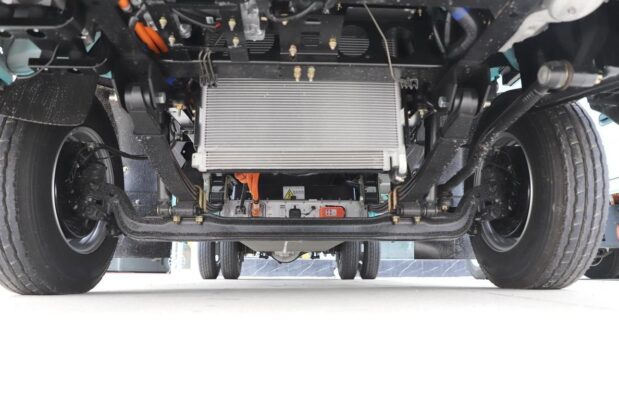
- Speed limitation:
In most cases, when a new energy vehicle experiences speed limitation, it could indicate a low power state. When driving normally and pressing the accelerator to the floor but still unable to increase the speed, there may be very little power remaining. Drivers must pay close attention to these signs and be ready to charge their vehicles in a timely manner.
Halimbawa, if a driver is on the highway and notices that their vehicle is not accelerating as expected despite full throttle, it could be a sign that the battery is running low. This can be a dangerous situation, especially if the driver needs to merge or pass other vehicles. By being aware of these signs, drivers can take appropriate action to ensure their safety and the continued operation of their vehicle.
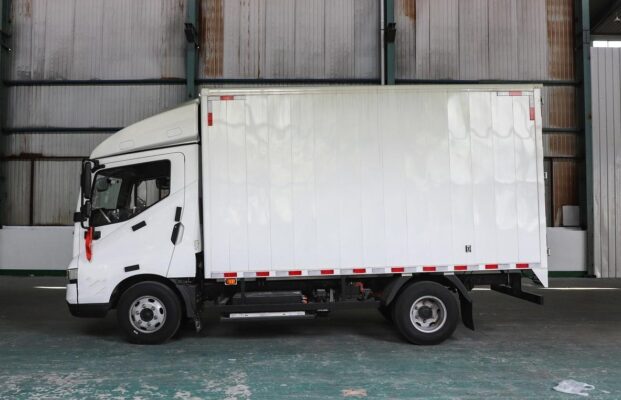
- Inability to turn on the air conditioner:
When there is little power remaining, the car’s computer system may control power consumption by limiting some electrical appliances with large power consumption. Halimbawa, in the middle of summer, if you’re enjoying a drive with the air conditioner on and suddenly the air conditioner stops working, it could be a sign that the power is insufficient and the system has restricted its use.
Halimbawa, a driver who is on a hot summer day may be relying on the air conditioner to stay comfortable. When the air conditioner suddenly stops, it can be a frustrating experience. However, it also serves as an indication that the battery is running low on power and that it’s time to find a charging station.

It’s important to note that one should not completely trust the power gauge alone. The power gauge evaluates the battery level based on many combined signals and is not always very accurate. There are times when the vehicle may seem to lose power for no apparent reason. Halimbawa, when you turn off the ignition key, the power gauge may still show 50% power. But when you turn it on again, it may drop to 30%. This can also occur before and after charging. Halimbawa, when the charging gun is plugged in, the power gauge may show 30% power. After waiting for half an hour and checking again, it may drop to 25%. In reality, this may not be actual power loss but rather the system’s self-correction. Sometimes, the power consumption for a particular stretch of road may not be accounted for immediately, and the reduction in power may occur later. For a normally used vehicle, power should not be lost inexplicably.
Sa konklusyon, being able to recognize the signs that a new energy vehicle is running low on power is essential for owners. By paying attention to the battery gauge, voltage, stalling behavior, speed limitation, and the ability to operate electrical appliances like the air conditioner, drivers can take timely action to recharge their vehicles and avoid being stranded. Additionally, understanding the limitations of the power gauge and being aware of potential inaccuracies can help owners make more informed decisions about when to charge their vehicles. With proper awareness and attention, owners can ensure the reliable operation of their new energy vehicles and enjoy the benefits of low-cost and environmentally friendly transportation.
